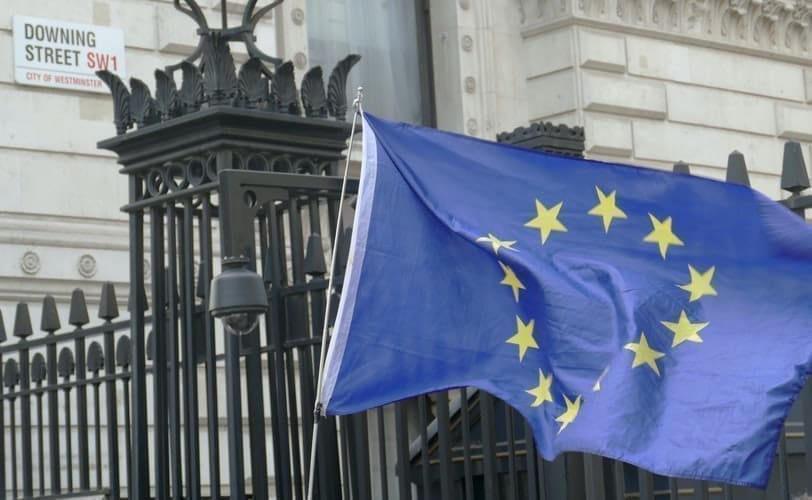Guest blog post written by David Hansom, Partner and Head of Procurement Law at Clyde & Co
Date: 13 October 2020 | Time to read: 2 mins
As the UK/EU future relationship negotiations continue, attention is now being turned to what a bespoke UK public procurement regime could look like. With a Green Paper on procurement due shortly, the UK Government has increasingly framed the new flexibilities in both public contracting and subsidy control (state aid) as advantages of leaving the EU’s single market.
The current position, October 2020, is that public procurement regulation in the UK has not changed since the UK’s withdrawal from the institutions of the European Union on 31 January 2020. The Withdrawal Agreement provides that the existing regime will continue to apply with minor modifications set out in the Public Procurement (Amendment etc) (EU Exit) Regulations 2019.
This means that, absent any new regulations, the existing rules will apply at the end of the transition period. To ensure legal certainty, any procurements started (including framework agreements and their call off contracts) will continue to be governed by the current rules. But what might replace the regime? The UK has perhaps been more critical in recent years about the perceived cost, bureaucracy and complexity of the EU public procurement regime. That said, many of the provisions in the Regulations (for example, around low value tenders) were in fact introduced by the UK and were not part of the EU directive in the first place.
The current rules are not perfect. There is a lot of detail and perhaps over-complexity in a number of areas, for example selection, but the rules are then silent on a number of common issues which come up in day-to-day practice. The question of when the regime applies, for example, to regeneration and development transactions led by the public sector, is currently a case by case and risk assessed decision based on the case law.
There is a case for simplification and additional clarity on a number of key areas. Policy makers have been consulting behind the scenes for some time and it is likely that proposals for new rules will be published in due course. How closely aligned the rules will be to the EU regime will depend, in part, on the proximity of the relationship that the EU and UK can agree in the future relationship negotiations. If, for example, the UK negotiates continued access to The Ninth Framework Programme for Research and Innovation (FP9), European Regional Development Fund (ERDF) or other EU funding streams, it seems very likely that the EU will require UK based recipients of that funding to spend it in accordance with the EU rules. Recent reports have suggested that the UK may be preparing to agree to remain in some form of ‘dynamic alignment’ in relation to the European Convention on Human Rights as part of a negotiated settlement on crime and security co-operation. It may well be that a similar landing point is reached on the procurement regime.
Given the UK’s involvement in putting the current EU rules together, and its commitment to competition and value for money, it is clear that some form of functioning public procurement rules will be needed and which will need to go beyond the base line of the World Trade Organisation’s Government Procurement Agreement. We live in interesting times.


